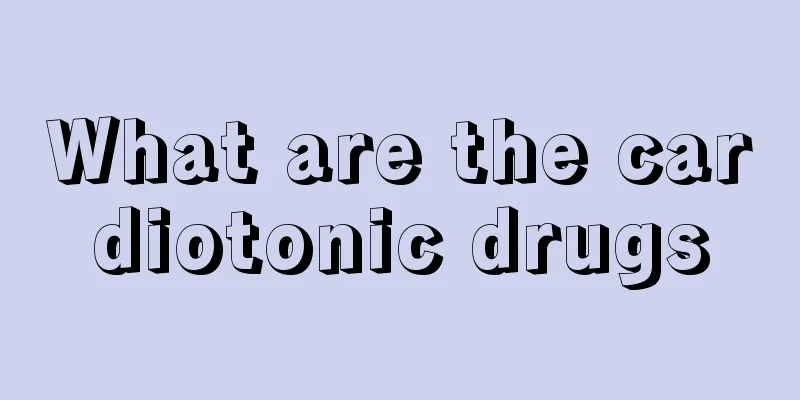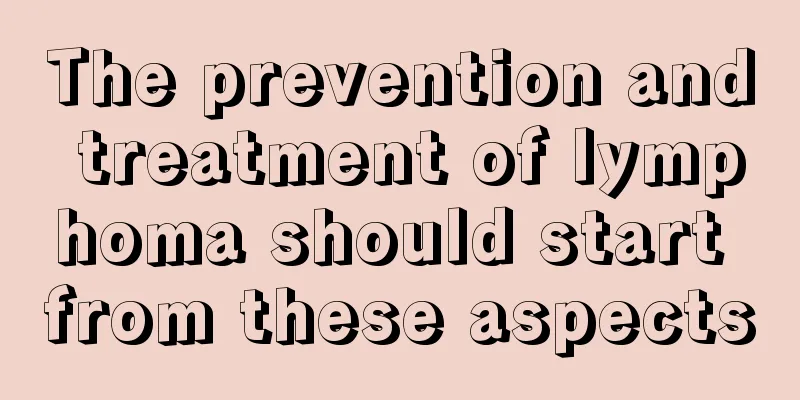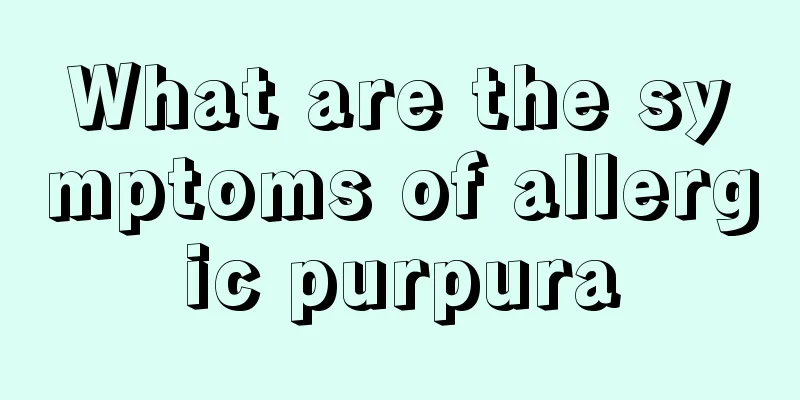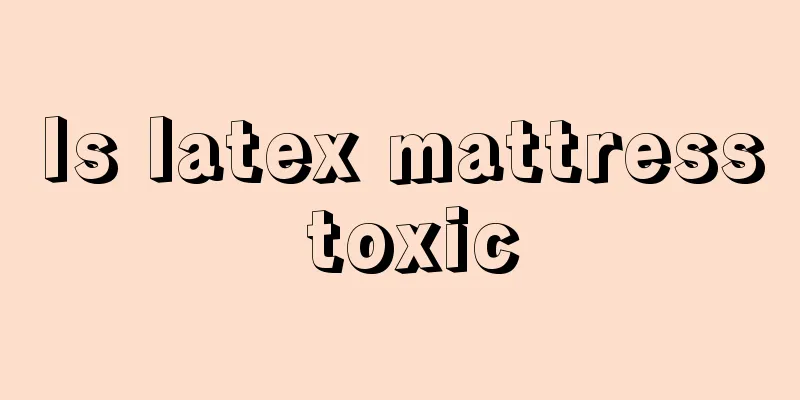What are the cardiotonic drugs

|
Heart disease is a serious threat to human health. It often develops rapidly and the rescue time is very short. Once a heart disease occurs, rescue must be carried out as soon as possible, otherwise it can easily lead to tragedy. Many people with heart disease also carry cardiotonic drugs with them so that they can take the medicine as quickly as possible when an attack occurs. There are many kinds of cardiotonic drugs. The most common one we see is the quick-acting heart-saving pill. In addition to this, what other cardiotonic drugs are there? Cardiotonic drugs, also known as positive inotropic drugs, are one of the mainstays in the treatment of heart failure. If used correctly, it can often save the patient. So what are the cardiotonic drugs? What is its usage? Let’s talk about it below. Cardiotonic drugs are divided into cardiac glycosides and non-cardiac glycosides. Cardiac glycosides Also known as digitalis, it includes digoxin, digoxin, digitalis glycosides, etc. Their mechanisms of action, common adverse reactions, and contraindications are similar. Mechanism of action 1. Positive inotropic effect: inhibiting the activity of Na+-K+-ATPase, increasing Na+-Ca2+ exchange, increasing the concentration of Ca2+ in myocardial cells, and strengthening the heart; 2. Excitement of the vagus nerve slows down the heart rate, negative conduction; 3. Cardiac electrophysiological effects; 4. Reduce the activity of the neuroendocrine system and treat heart failure. Advantages : Enhances the contractility of the heart in patients with congestive heart failure without increasing myocardial oxygen consumption. Disadvantages : The therapeutic dose is close to the toxic dose and can easily cause fatal arrhythmias. Risk factors Hypokalemia, hypomagnesemia, hypercalcemia, myocardial ischemia and hypoxia, renal insufficiency, advanced age and irrational medications (such as drugs that lower blood potassium, etc.), so blood electrolyte levels need to be checked before use. They also have their own characteristics, so different cardiac glycosides can be selected for different disease conditions. For example, based on the speed of onset: scutellaria baicalensis K> dicedilamide (scutellaria baicalensis C)> digoxin> digitoxin. Therefore, scutellaria baicalensis K can be used for acute congestive heart failure, digoxin is often used for chronic heart failure, and digoxin is suitable for critically ill patients and can be used repeatedly in a short period of time. Cedilanid Patients with acute heart failure accompanied by rapid ventricular rate and atrial fibrillation can be given 0.2-0.4 mg of digoxin by slow intravenous injection, and another 0.2 mg can be given after 2-4 hours. For supraventricular tachycardia or for controlling the ventricular rate of atrial fibrillation, for those who have not taken digitalis orally, the first dose is 0.4-0.6 mg, which is diluted and injected slowly. If it is ineffective, another 0.2-0.4 mg can be given after 20-30 minutes, with a maximum of 1.2 mg. If digoxin is already taken orally, the first dose is 0.2 mg, and the dose can be increased as needed. Digoxin It is commonly used for heart failure and supraventricular arrhythmias, and is often used in combination with drugs that slow the heart rate. It is particularly suitable for heart failure with reduced left ventricular ejection fraction (NYHA class II to IV); digoxin should not be used in patients with NYHA class I heart function. It is also suitable for patients who use diuretics, ACEI (or ARB), beta-blockers and aldosterone receptor antagonists, whose LVEF is ≤ 45% and who still have persistent symptoms, especially for patients with atrial fibrillation with rapid ventricular rate. For ventricular rate control in chronic atrial fibrillation during acute heart failure, intravenous digoxin or cedilanidase are the first choice. Patients who have already used digoxin should not stop taking it easily. Usage : Maintenance dose: 0.125-0.25 mg/d. For the elderly or patients with impaired renal function, the dose should be halved. To control the rapid ventricular rate of atrial fibrillation, the dose can be increased to 0.375-0.50 mg/d. Monitor for adverse reactions. |
<<: What are the drugs for excreting uric acid
>>: What is the difference between gel water and hairspray?
Recommend
Results of ultrasound examination of pancreatic cancer
Ultrasound examination of pancreatic cancer is a ...
What is estrogen?
Maybe many people are still unclear about what es...
The advantages of radiofrequency skin tightening and wrinkle removal are like this
Radiofrequency skin tightening and wrinkle remova...
How to treat cervical cancer in its early stage? What are the abnormalities of cervical cancer in its early stage?
Cervical cancer is one of many types of cancer. I...
Ring on right ring finger
Many people like to wear various kinds of decorat...
Complications after pancreatic cancer resection
Pancreatic cancer is like other diseases. When th...
What material is good for the inner pot of a rice cooker
The rice cooker is the most commonly used househo...
How long is the survival period of nasopharyngeal carcinoma metastasized to the lungs and what to do
Nasopharyngeal carcinoma is one of the most commo...
Methods for treating pancreatic cancer
Treatment of pancreatic cancer: Although many pan...
What are the benefits of eating walnuts?
Walnut is a common food with extremely high nutri...
Fine fiber foods and vegetables
Although crude fiber foods can effectively supple...
What disease does oral bleeding indicate?
Oral health is of concern to many people because ...
What is the principle of dry cleaning?
In addition to water washing, dry cleaning is als...
How to treat nasopharyngeal carcinoma most effectively? What should we pay attention to when taking care of patients?
Nasopharyngeal cancer patients have been looking ...
What does a cinnabar nevus look like
As the name suggests, cinnabar nevus is red in co...









